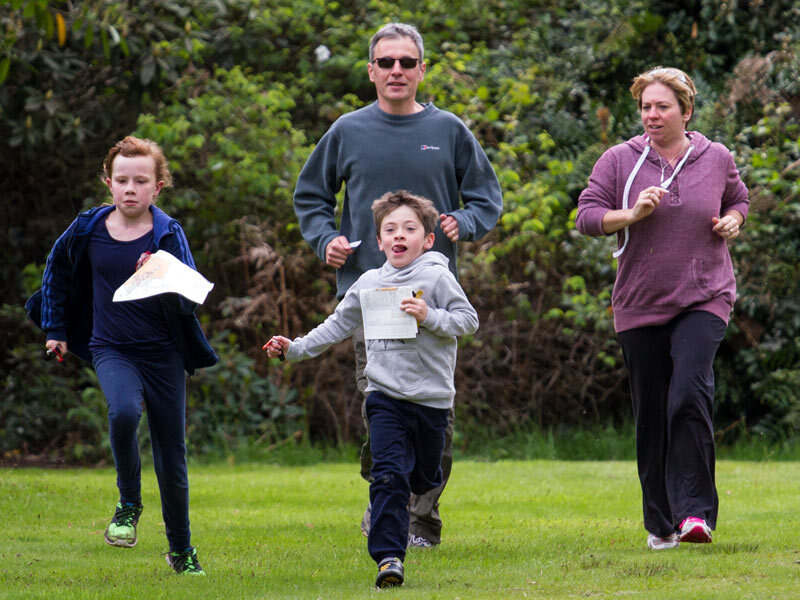- Home >
- Information >
- Go Orienteering >
- New to Orienteering?
New to Orienteering?
Orienteering is an exciting outdoor adventure sport which involves navigating around a course using a detailed map and sometimes a compass.
The aim is to navigate between a set of control points and decide the best route to complete the course in the quickest time. It does not matter how young, old or fit you are, and you can run, walk or jog round the course and progress at your own pace.
Orienteering can be a competitive individual sport or a recreational activity. You normally take part individually, but beginners can go out in pairs or a small group. At a competitive event, the person that visits all the controls in the right order, in the shortest time, is the winner.
Is Orienteering a family friendly sport?
Yes, there are many orienteering families where mum, dad and the children all take part. Because there are usually a number of different length and difficulty courses there is something suitable for everyone. The start times are spread over a period of time, so parents can take turns with childcare.
Do I need to be a club member to take part?
No, just come along to any of our events and give orienteering a go. If you find you enjoy it then you are very welcome to join the club.
How do I get started?
The best place to get started is by coming along to one of our events. Most times you can just turn up and have a go. There will be someone at registration who will help get you started.
We also have some Virtual Orienteering Courses (VOC) where you use your smartphone to take part and record your route. These can be great way to try out the sport without any pressure.
What equipment/clothing do I need?
No special equipment is needed to start with, just comfortable outdoor clothing and footwear. If you are a runner, then the sort of things you would wear for a trail run are perfect. A compass will be useful as you progress, but not essential to get started. Your entry fee will include your own copy of the map.
Where can I do it?
Orienteering can take place anywhere from the streets of towns, school playgrounds, university campuses, country parks and cities.
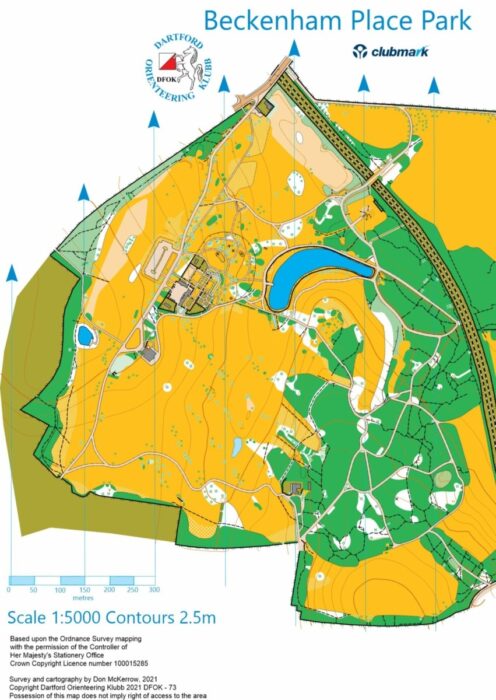
What do the maps look like?
Orienteering maps are very different to Ordnance Survey maps. They are more detailed and larger in scale, showing fences, bushes and small depressions in the land. Different colours are used to show different types of vegetation or undergrowth and how dense they are. Contour lines join up areas of the same height, and when they are close together it means the slope is steep. Orienteers love contours as they add complications to the shape of the land and a means to navigate across it. See a full explanation of the symbols on the map.
How do I know which course to select?
There is usually a range of courses with varying degrees of navigational difficulty, so there’s something to suit all ages and levels of experience. The easier courses stick to paths, while the harder ones require more complex navigation and advanced map reading skills. How the courses are graded will vary depending on what sort of event it is, so it's best to ask one of the club volunteers, who'll be happy to recommend a course for you to try.
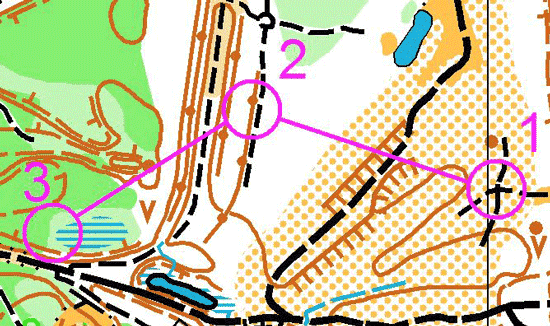
What does an orienteering course map look like?
The example below is of one of our Virtual Orienteering Courses, but most course maps will look similar. Read more about the control descriptions on the map.
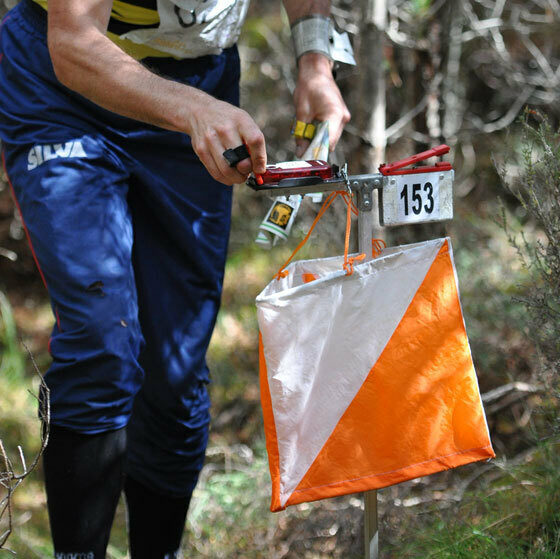
How do I know when I'm at the right place?
Each control is marked by a small orange and white marker, also known as a kite. It has a unique code that you can compare with the one on your map to make sure you’ve found the right one. The control description will indicate what you are looking for. It could be a path junction, tree, fence or some other distinctive feature.
On a Virtual course there will not be any marker at the location, but your phone will beep when you are in the immediate proximity of the location and record the time you were there.
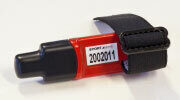
Can’t I just cheat and say I’ve been to all the controls?
At an event you normally carry an electronic timing chip (sometimes referred to as a Dibber) that records your time at each control to prove you’ve been there and that you did them in the correct sequence. When you finish, you often get a printout that shows how long you took between each control.
Your smartphone replaces the timing chip if you try one of our Virtual courses.
What happens at the start?
Unlike a road race, there is no mass start. Competitors go off individually (or in a very small group), separated by a minute or more. As a beginner you will be given your map in advance so you can study it and plan your route to the first control. Once you become more confident you won't get the map until you are about to start.
Sounds great! What next?
Come along to one of our events showing on our events listing page and have a chat with a club member, investigate our virtual orienteering courses or look at the permanent orienteering courses we have set up in several parks and other open spaces.
Alternatively, you can send us a message here.
Watch some explanatory videos
There are a number of good videos that will help you understand what orienteering is all about and prepare you for your first go at orienteering.
There are a number of good videos that will help you understand what orienteering is all about and prepare you for your first go at orienteering.
Think Fast, Run Hard is presented by an International orienteer who explains everything very clearly in about 5 mins. There are a further 8 videos in the series.
Getting started is the first video in a set of four made by Manchester orienteering club.
Others in the series:
Getting Going
Getting Confident
Getting Faster
How does someone improve at orienteering?
Orienteering well is a skill that requires practice. Even the most experienced orienteers make navigational mistakes regularly as it is difficult to find your way to every control point on a course at speed without error. There is a range of ways to assist newcomers and developing orienteers to progress, including:
- discussing where you went with someone else at the event and getting to hear where they went, and why, each sharing mistakes made. Club members are always happy to share their experiences with others
- uploading a GPX track of your route taken (if you use a GPS enabled watch) to an analysis tool such as RouteGadget. We make this available for all of our larger events. Even if you can't upload your own route, you can see and learn from where others went
- attending one of our monthly coaching evenings, usually on the last Wednesday of each month. Summer coaching is face-to-face and when the nights draw in, we hold indoor or virtual coaching sessions
- at an event, decide on a particular skill you would like to practice and concentrate on that aspect, not worrying about the time you take
- attending our annual training day

